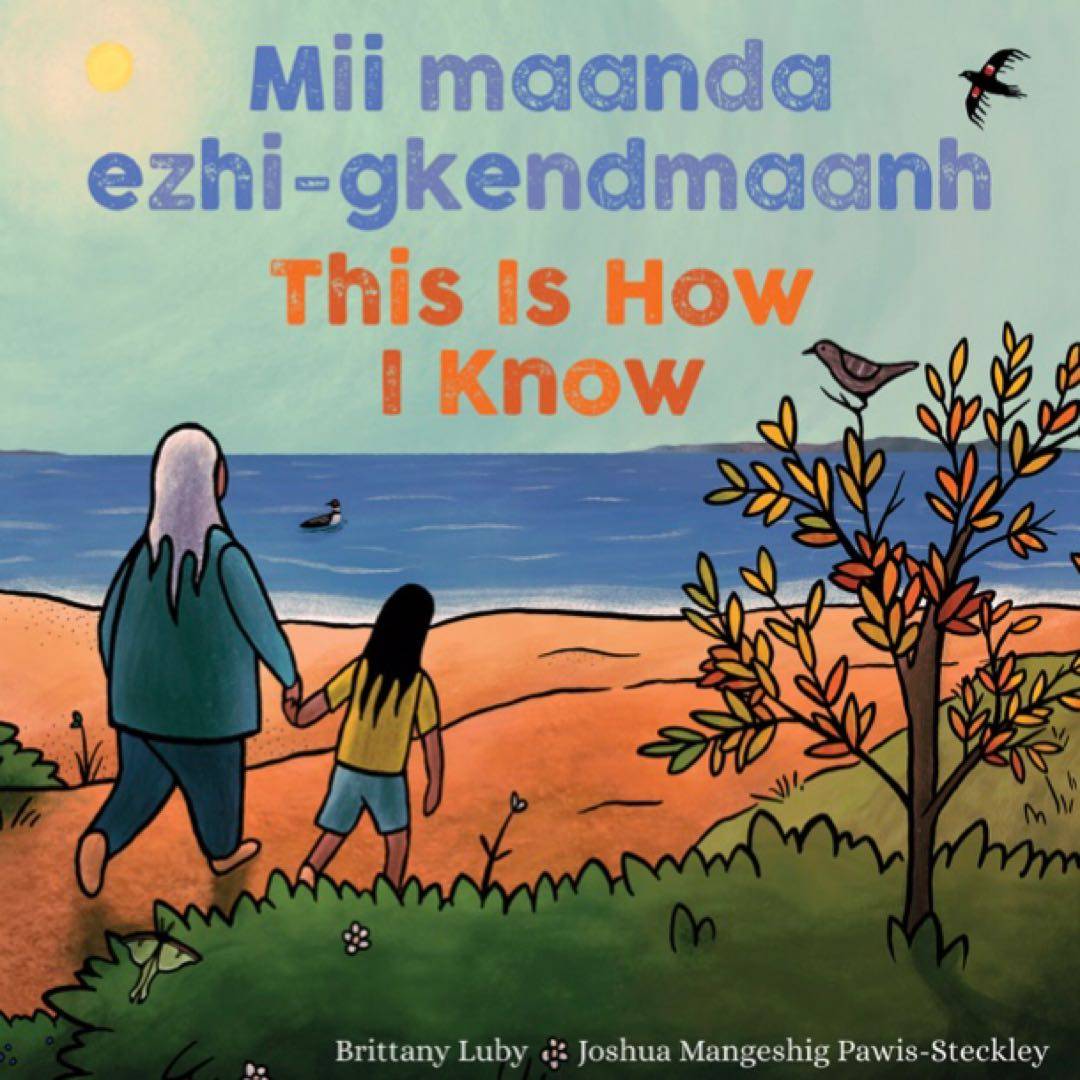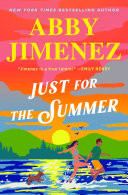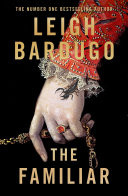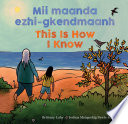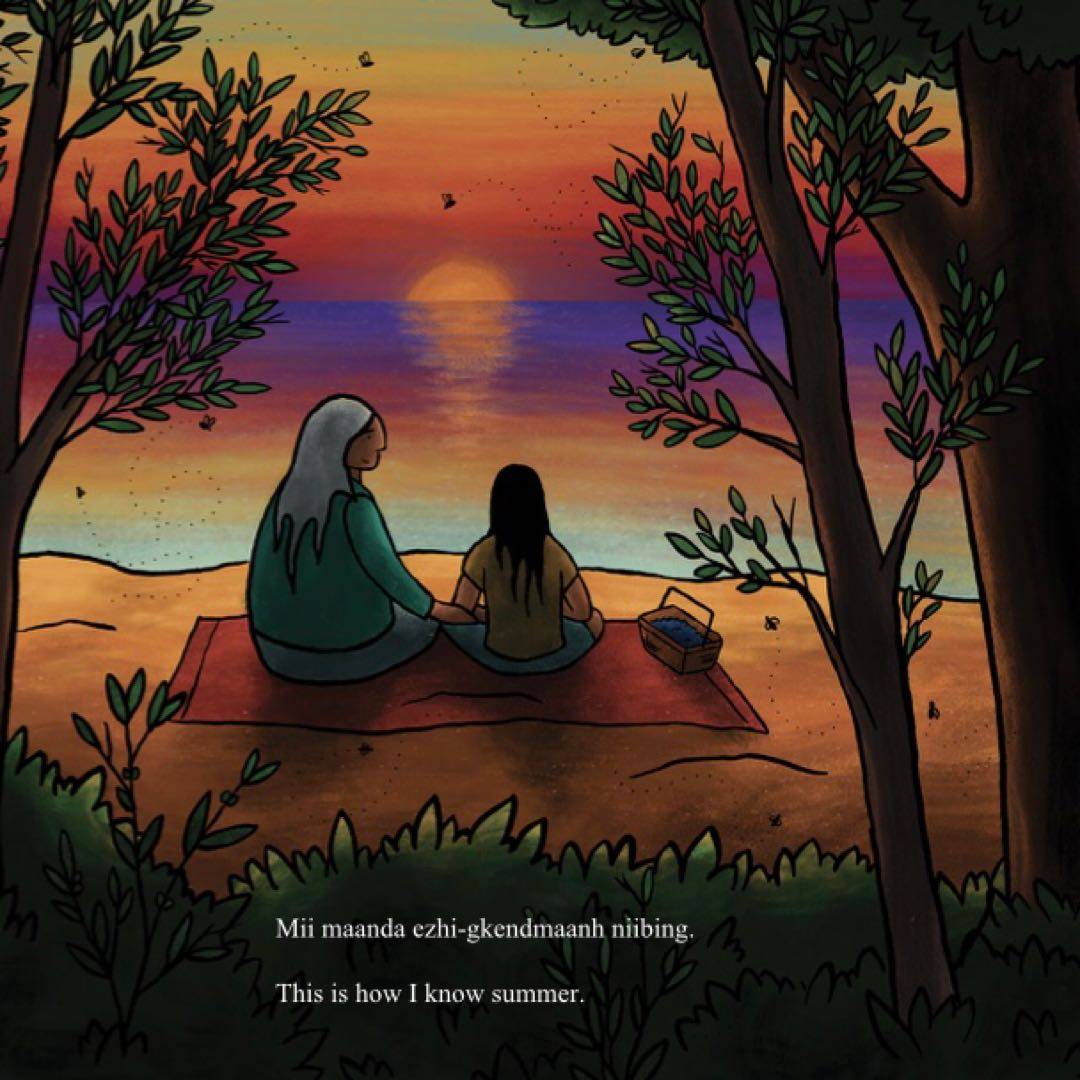Mii maanda ezhi-gkendmaanh / This Is How I Know: Niibing, dgwaagig, bboong, mnookmig dbaadjigaade maanpii mzin�igning / A Book about the Seasons | Brittany Luby
An Anishinaabe child and her grandmother explore the natural wonders of each season in this lyrical, bilingual story-poem. In this lyrical story-poem, written in Anishinaabemowin and English, a child and grandmother explore their surroundings, taking pleasure in the familiar sights that each new season brings. We accompany them through warm summer days full of wildflowers, bees and blueberries, then fall, when bears feast before hibernation and forest mushrooms are ripe for harvest. Winter mornings begin in darkness as deer, mice and other animals search for food, while spring brings green shoots poking through melting snow and the chirping of peepers. Brittany Luby and Joshua Mangeshig Pawis-Steckley have created a book inspired by childhood memories of time spent with Knowledge Keepers, observing and living in relationship with the natural world in the place they call home � the northern reaches of Anishinaabewaking, around the Great Lakes. Correlates to the Common Core State Standards in English Language Arts: CCSS.ELA-LITERACY.RL.2.1 Ask and answer such questions as who, what, where, when, why, and how to demonstrate understanding of key details in a text. CCSS.ELA-LITERACY.RL.2.2 Recount stories, including fables and folktales from diverse cultures, and determine their central message, lesson, or moral. CCSS.ELA-LITERACY.RL.K.6 With prompting and support, name the author and illustrator of a story and define the role of each in telling the story. CCSS.ELA-LITERACY.RL.1.4 Identify words and phrases in stories or poems that suggest feelings or appeal to the senses. CCSS.ELA-LITERACY.RL.2.5 Describe the overall structure of a story, including describing how the beginning introduces the story and the ending concludes the action.
